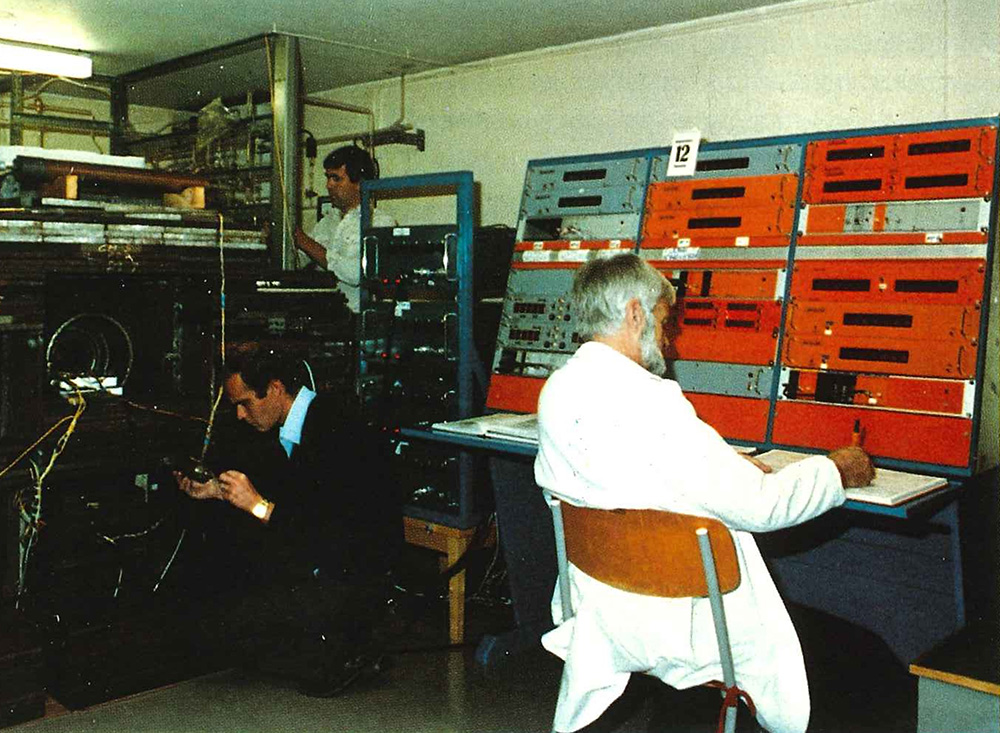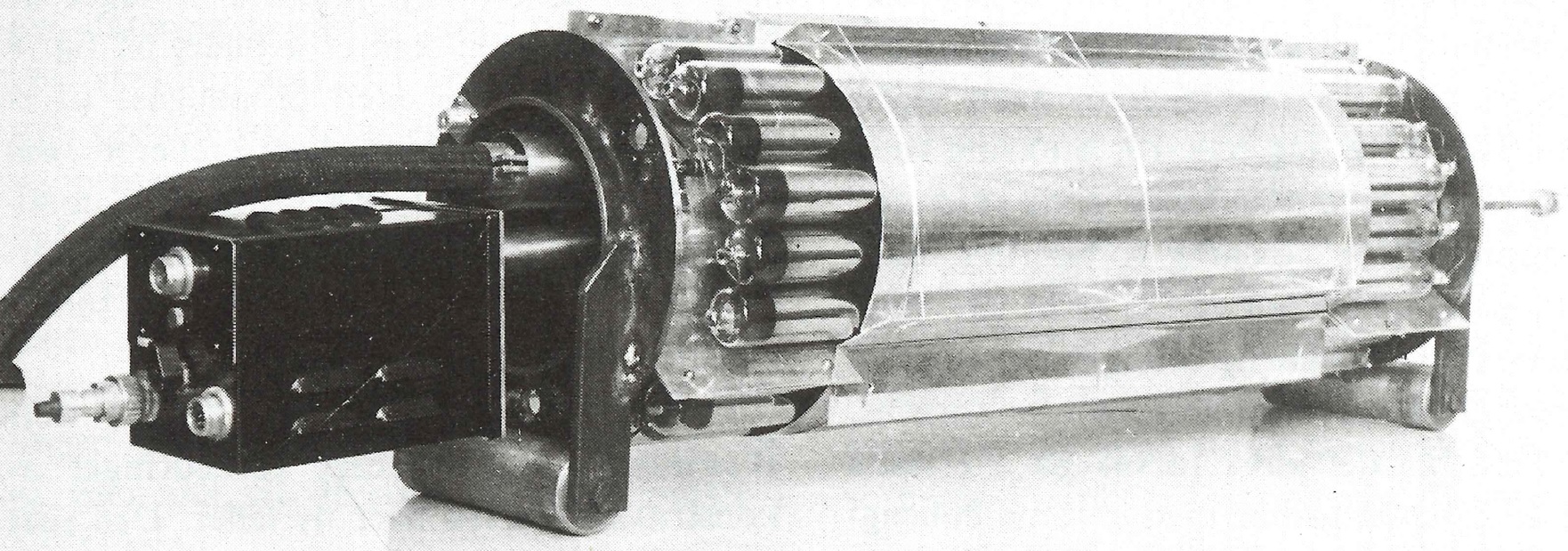History

History
After the demonstration of the radiocarbon dating method by Willard Libby in 1949, interest in the dating technique spread quickly around the world. In 1952 it was decided to establish a dating laboratory at NTNU in Trondheim. The first design was a Geiger counter similar to the one used by Libby which used solid graphite material as samples. However, this design had issues with stability and radioactive contamination. After a visit at the Groningen laboratory in 1955, it was decided to switch to a design with a proportional counter using CO2 gas samples. In June 1956, the first measurement was carried out on wooden planks from one of the Nemi ships attributed to the Roman emperor Caligula. The result of 40±50 AD fitted perfectly with the documented period of reign 37-41 AD.
During the following years the counter design was improved , especially towards rejecting background due to cosmic radiation. While shielding with iron and lead reduced background due to external gamma radiation, muons could still pass through. Muons were rejected by anti-coincidence criteria with surrounding shielding counters. However, by placing one of the counters in a mineshaft 380 m below the surface where cosmic muons cannot reach, it was demonstrated that about 25 % of the background came from cosmic radiation during normal operation. The geometry was further iterated to yield better rejection of the muons. The rest of the background counts were addressed by reducing the radioactivity of the instrument itself. This was done by changing materials, and specifically using old lead from a ship wreck near Hitra and from roof repairs the Nidaros cathedral.
While the technical development of the counters was ongoing, applications were also developed. Among these, sampling programs were initiated for the measurement of the atmospheric 14C content during the era of atmospheric nuclear weapons tests covering latitudes from Svalbard (Kapp Linné, 78°N) down to Dakar (15°N). This was especially interesting in 1962 when a total yield of about 340 MT was detonated at high latitudes, a large part also on Novaja Zemlja in relative proximity to the northern sampling locations.
Radiocarbon dating techniques have now developed from proportional counters towards accelerator mass spectrometry (AMS), which implements direct detection of 14C atoms rather than decay counting. AMS has several advantages over proportional counting, among them the capacity to measure milligram size samples instead of grams. The measurements can also be carried out over hours compared to days and at a greater precision. The laboratory installed a 1MV AMS system in 2009, and the development of suitable facilities to support the new method continued in the following years. The proportional counters were shut down in 2010 but are still on display for those visiting the laboratory.
